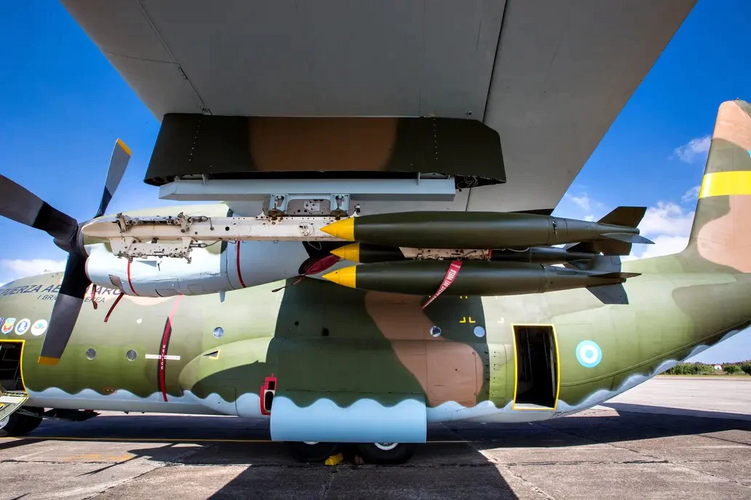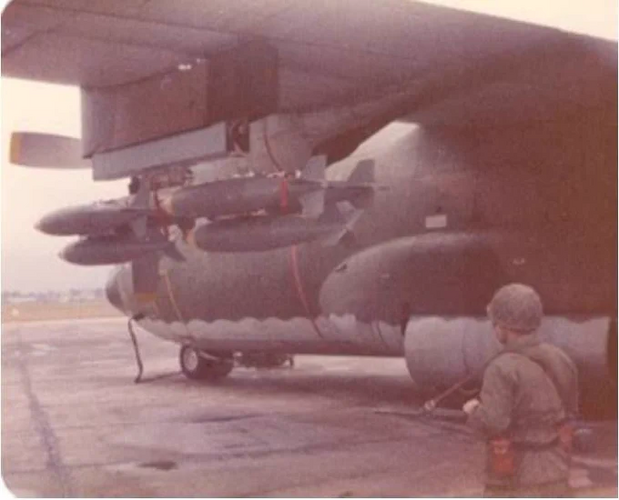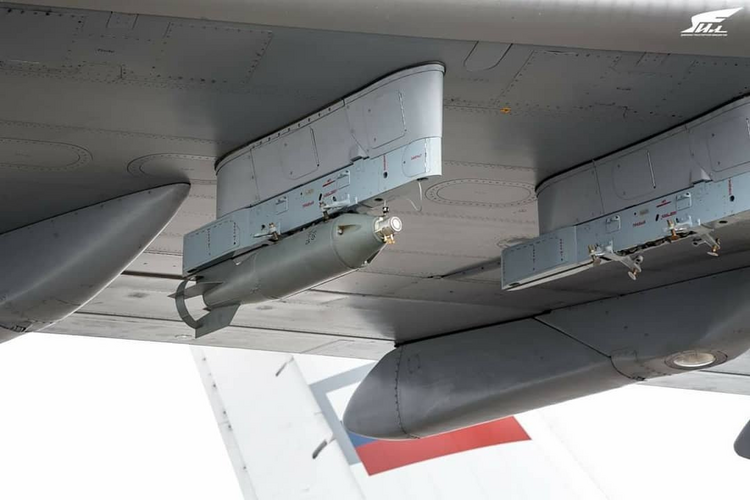Yep, that concept of a transport aircraft turned bomber by throwing barrels of TNT through the rear door or ramp, was surprisingly popular. Up to the 1960's at least.
And even beyond.
During the Falkland war Argentina armed forces were ready to go very far with their C-130s. I recently learned that they used Hercules to bomb oilers far away from the Falklands ! Early June 1982 they attacked a british tanker joining the Task Force; some day later, a "neutral" one that limped to Brazil and had to be scuttled. It took ten years to get a litigation unfavorable to Argentina government and repaying the tanker company.



